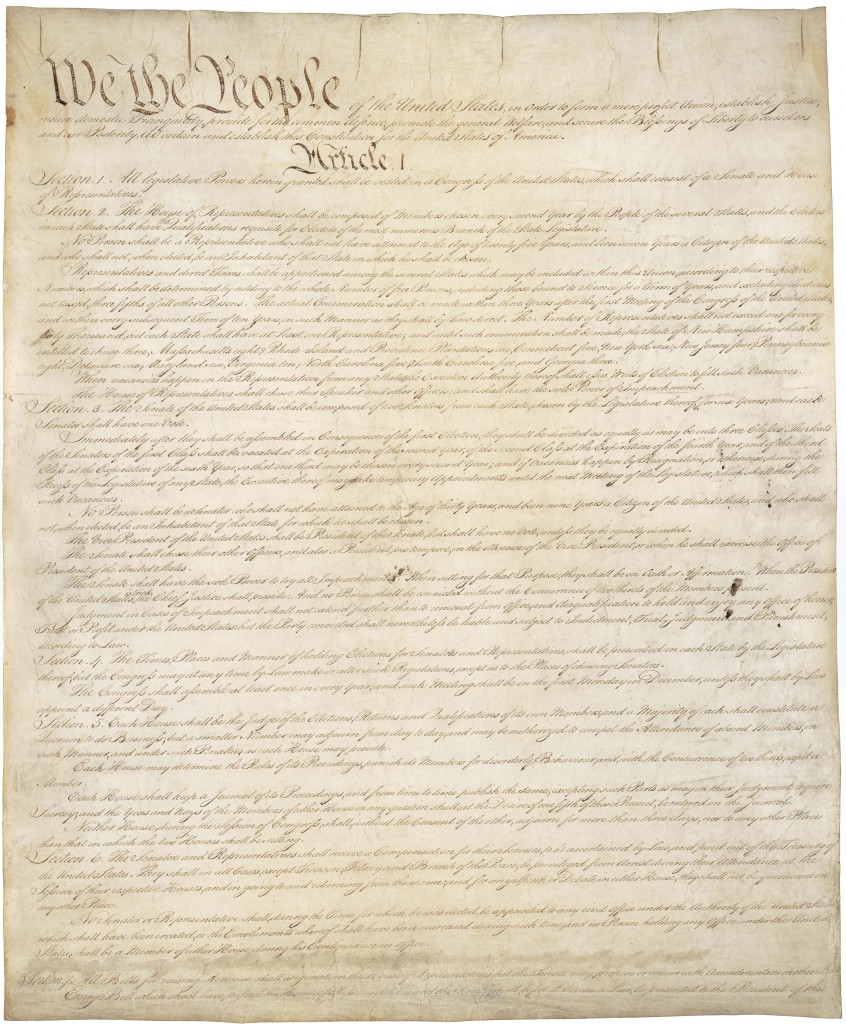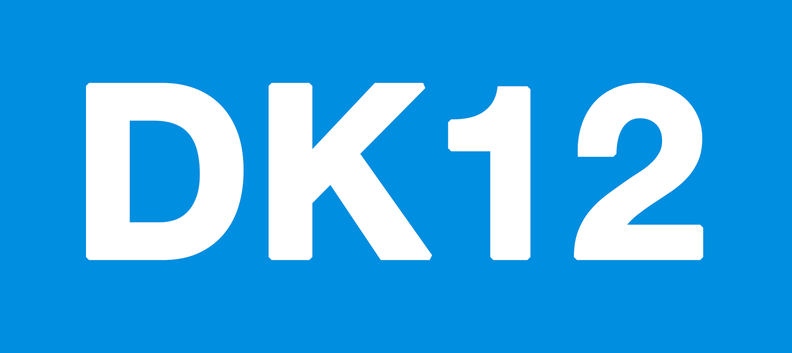At the close of the Constitutional Convention of 1787, “A lady asked Dr. Franklin ‘Well Doctor what have we got a republic or a monarchy?’ A republic replied the Doctor if you can keep it.”

The Constitution of the United States contains a preamble and seven articles that describe the way the government is structured and how it operates. The first three articles establish the three branches of government and their powers: Legislative (Congress), Executive (office of the President,) and Judicial (Federal court system). A system of checks and balances prevents any one of these separate powers from becoming dominant. Articles four through seven describe the relationship of the states to the Federal Government, establish the Constitution as the supreme law of the land, and define the amendment and ratification processes.
Created: September 17, 1787
Ratified: June 21, 1788
Date Effected: March 4, 1788
System: Constitutional Republic
Branches: 3
Articles: 7
Amendments: 27
Last Amended: May 5, 1992
Location: National Archives, Washington, D.C.
Authors: Philadephia Convention
Signatories: 39 of the 55 Delegates
The Constitution of the United States: A Transcription
Ducksters: United States Constitution for Kids
What kind of government does the U.S. have?
Vocabulary – Used Lined Paper to research and write each definition:
Amendment
Article
Balance of Powers
Bill of Rights
Citizenship
Delegate
Electoral College
Enumeration
Executive Branch
Federalisim
Filibuster
Founding Fathers
Equality
Judicial Branch
Legislative Branch
Liberty
Nation
People of the United States
Ratification
Republic
Rights
Separation of Powers
Sovereignty
Tax
Tyranny
Unconstutional
Union
The Preamble
We the People of the United States, in Order to form a more perfect Union, establish Justice, insure domestic Tranquility, provide for the common defense, promote the general Welfare, and secure the Blessings of Liberty to ourselves and our Posterity, do ordain and establish this Constitution for the United States of America.
Video read along with the Constitution’s Preamble:
Students Reflect on Promises of the Preamble:
Wikipedia: Preamble to the United States Constitution
Britannica: Constitution of the United States of America
New World Encylopedia: Constitution of the United States of America
Bill of Rights (the first 10 Amendments)
A 3-Minute Guide to the Bill of Rights:
Bill of Rights: Hear and Read the 1st 10 Amendments:
Bill of Rights Institute: Founding Documents
Archives.gov: Bill of Rights
Ducksters (for younger students): The Bill of Rights for Kids
Amendments 11-27
Archives.gov: Amendments 11-27
Ducksters (for younger students): U.S. Constitution Amendments
Drafting the Constitution and the Constitutional Convention
Just a few years after the Revolutionary War, James Madison, Alexander Hamilton, and George Washington feared their young country was on the brink of collapse. America’s first constitution, the Articles of Confederation, gave the Confederation Congress the power to make rules and request funds from the states, but it had no enforcement powers, couldn’t regulate commerce, or print money. The states’ disputes over territory, war pensions, taxation, and trade threatened to tear the young country apart. Alexander Hamilton helped convince Congress to organize a Grand Convention of state delegates to work on revising the Articles of Confederation.
The Constitutional Convention assembled in Philadelphia in May of 1787. The delegates shuttered the windows of the State House and swore secrecy so they could speak freely. Although they had gathered to revise the Articles of Confederation, by mid-June they had decided to completely redesign the government. There was little agreement about what form it would take.
Read:
The Constitution: How Did it Happen?
Constitutional Convention and Ratification, 1787–1789
1788 Ratification U.S. Constitution Ratified
The Day the Constitution was Ratified
Ratification Dates and Votes
Timelines:
Events Leading Up to the Constitution
Road to Nationhood
The Constitutional Convention
Articles of the Constitution 1-7:
Read each of the Articles of the Constitution:
Article I (Legislative Branch)
Article II (Executive Branch)
Article III (Judicial Branch)
Article IV (States, Citizenship, New States)
Article V (Amendment Process)
Article VI (Debts, Supremacy, Oaths, Religious Tests)
Article VII (Ratification)
The Delegates
THE FOUNDING FATHERS, Delegates to the Constitutional Convention
Meet the Framers of the Constitution
The Federalist Papers
The Federalist (later known as The Federalist Papers) is a collection of 85 articles and essays written by Alexander Hamilton, James Madison, and John Jay under the pseudonym “Publius” to promote the ratification of the United States Constitution.
The Federalist Papers
Wiki: The Federalist Papers
Principles of the Constitution
Other Resources
Founding Documents in the Rotunda for the Charters of Freedom
Correspondence & Writings of Six Major Shapers of America
Bonus: Send Us Your Essay!
Write an essay on “What The U.S. Constitution Means To Me,” and we’ll post it in the Multipurpose to share with others. Younger students can write a paragraph and draw a picture representing America. Send your essays in PDF or PNG format to: info@discoveryk12.com
Visit the Bill of Rights page!
